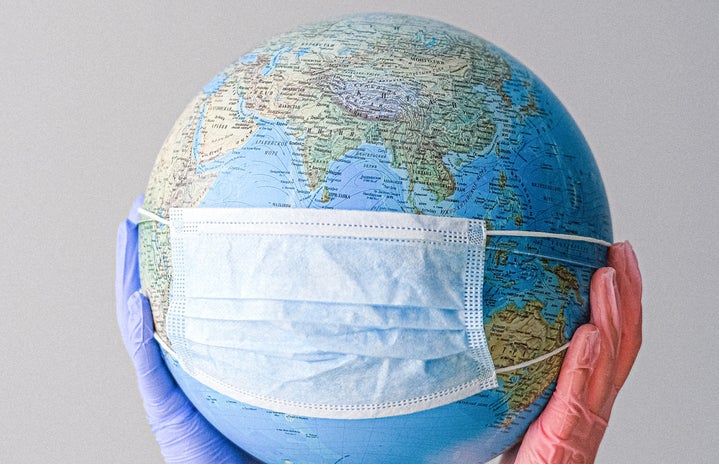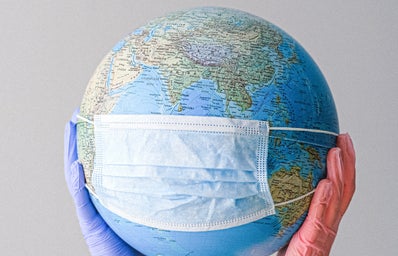Face masks have become a staple of current society. We see them so often that we don’t notice them the way that we used to—they’ve become an invisible, essential part of everyday life.
The tricky part of becoming accustomed to something is that one stops noticing it on a grander scale. Look at the single-use face mask, for example. If they’ve been your mask of choice, you probably just loop one around your ears and go. However, it’s important to consider the environmental impact of single-use face masks before you order your next box.
The Environmental Impact of Single-Use Masks
According to Mask Material, traditional three-ply surgical face masks are typically composed of:
-
three layers of non-woven fabrics containing plastic microfibers
-
either plastic or aluminum nose wires
-
either flat or round elastic bands (used for ear loops)
Single-use surgical face masks are not easily biodegraded due to their aforementioned plastic composition. With three million single-use masks being used a minute, this creates a serious environmental risk. Single-use masks are trash, and after use, they wind up in landfills along with other non-recyclable plastic waste. If not in the garbage, masks become litter on the streets and sidewalks.
Improperly disposed (and even some properly disposed!) single-use masks can wind up polluting environmental systems such as oceans and rivers. The weathering of these plastic products causes masks to break down into smaller, micro-particle pieces of plastic. The long-term effects of masks on the environment remain unknown. However, microplastics, in general, are known contaminants that can carry pathogens and toxic chemicals into an environment. Microplastics can thus affect both the plants and animals that live in a particular area. Furthermore, single-use masks could be consumed by a confused animal, or entrap their legs within the ear loops.
Luckily, we can take actions to limit the dangerous impact that single-use masks can have on our environment.
So, What Can We Do About Single-Use Masks?
-
Use reusable, washable fabric masks that meet CDC guidelines instead. It’s a more eco-friendly, stylish, and inexpensive option than single-use. You can buy them, or make them yourself!
-
Minimize the use of single-use PPE (masks, gloves, etc.) whenever possible.
-
Cut or rip open the ear loops of single-use masks before disposing of them to protect animals from entanglement.
-
Dispose of masks properly in a trash receptacle where they are unlikely to get blown into the environment via the wind. (A landfill is better than a hungry animal’s stomach!)
Single-use masks are not disappearing from our daily lives anytime soon, but while they are here, we must pay attention to and limit the negative impact they have on the world around us. Otherwise, these single-use masks will outlive the pandemic, and the earth could become sick in our stead.



